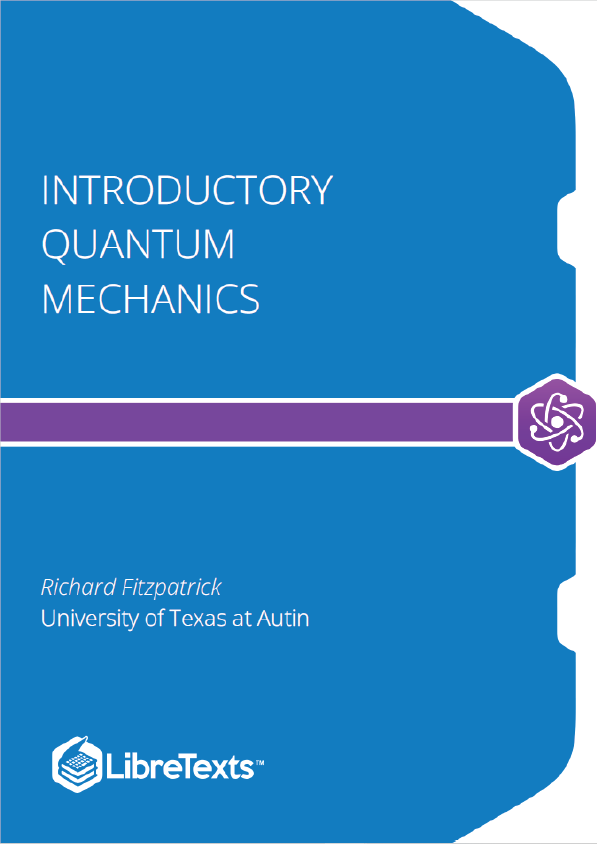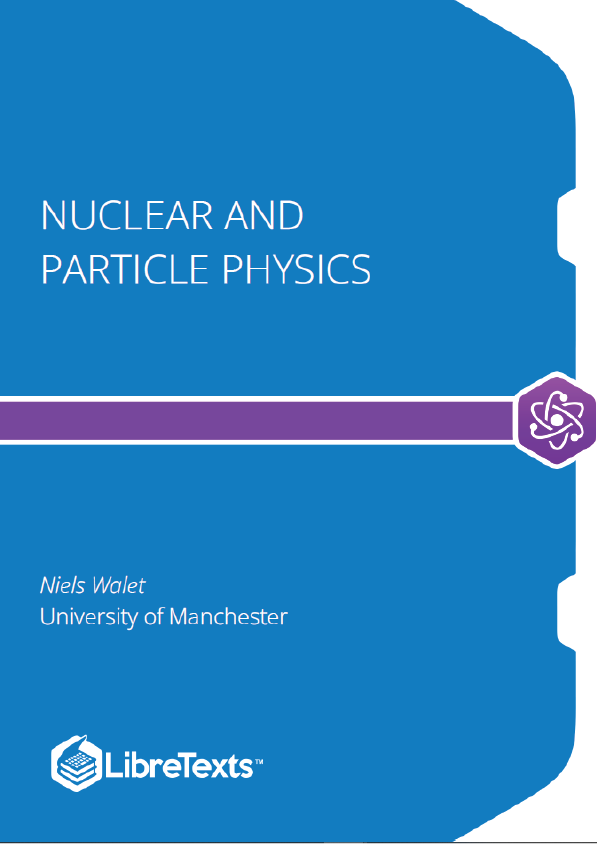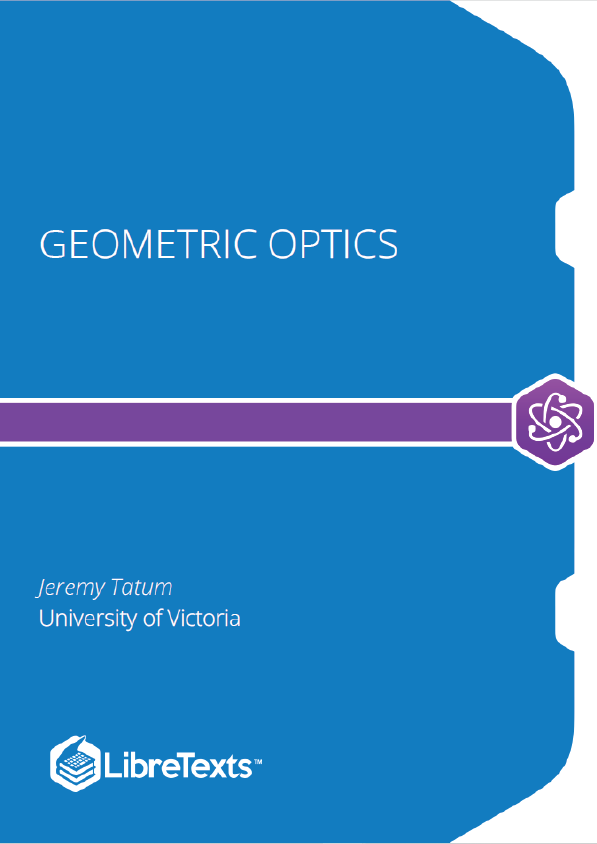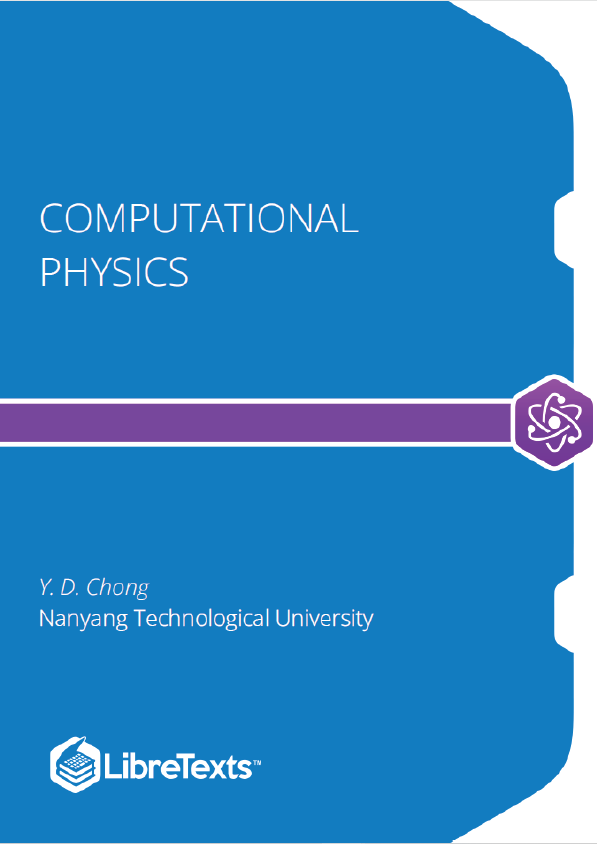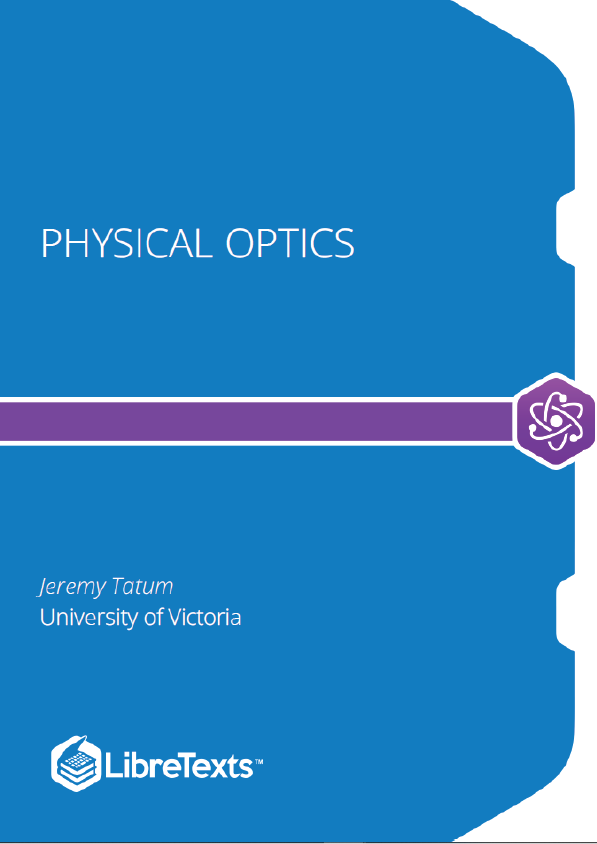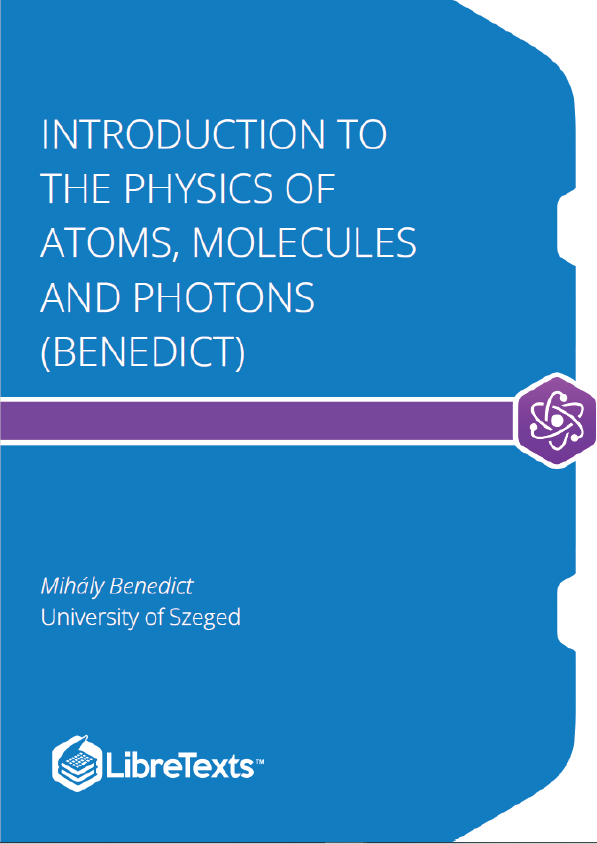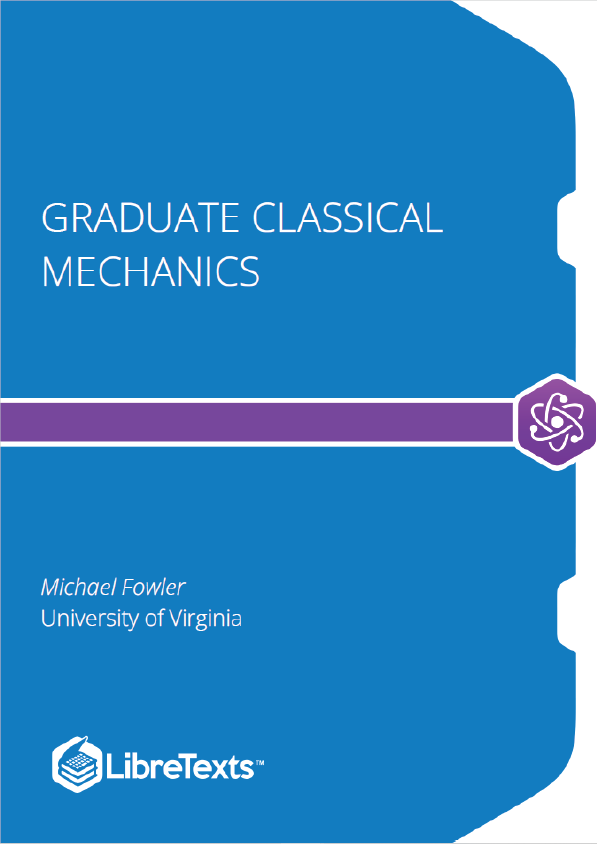Linear Vector Spaces and Hilbert Space
The modern version of quantum mechanics was formulated in 1932 by John von Neumann in his famous book Mathematical Foundations of Quantum Mechanics, and it unifies Schrödingers wave theory with the matrix mechanics of Heisenberg, Born, and Jordan. The theory is framed in terms of linear vector spaces, so the first couple of lectures we have to remind ourselves of the relevant mathematics.
As an example, consider the three-dimensional Euclidean space spanned by the Cartesian axes. The -plane is a two dimensional subspace of the full space, and the -axis is a one-dimensional subspace. Any three-dimensional form can be projected onto the -plane by setting the component to zero. Similarly, we can project onto the -axis by setting the and coordinates to zero. A projector is therefore associated with a subspace. It acts on a vector in the full space, and forces all components to zero, except those of the subspace it projects onto.
The Trace and Determinant of an Operator There are two special functions of operators that play a key role in the theory of linear vector spaces. They are the trace and the determinant of an operator, denoted by and , respectively. While the trace and determinant are most conveniently evaluated in matrix representation, they are independent of the chosen basis.
The Postulates of Quantum Mechanics
The entire structure of quantum mechanics (including its relativistic extension) can be formulated in terms of states and operations in Hilbert space. We need rules that map the physical quantities such as states, observables, and measurements to the mathematical structure of vector spaces, vectors and operators. There are several ways in which this can be done, and here we summarize these rules in terms of five postulates.
The Measurement Problem The projection postulate is somewhat problematic for the interpretation of quantum mechanics, because it leads to the so-called measurement problem: Why does a measurement induce a non-unitary evolution of the system? After all, the measurement apparatus can also be described quantum mechanically and then the system plus the measurement apparatus evolves unitarily. But then we must invoke a new device that measures the combined system and measurement apparatus. However, this in turn can be described quantum mechanically, and so on. On the other hand, we do see definite measurement outcomes when we do experiments, so at some level the projection postulate is necessary, and somewhere there must be a “collapse of the wave function”. Schrödinger already struggled with this question, and came up with his famous thought experiment about a cat in a box with a poison-filled vial attached to a Geiger counter monitoring a radioactive atom (Figure 1). When the atom decays, it will trigger the Geiger counter, which in turn causes the release of the poison killing the cat. When we do not look inside the box (more precisely: when no information about the atom-counter-vial-cat system escapes from the box), the entire system is in a quantum superposition. However, when we open the box, we do find the cat either dead or alive. One solution of the problem seems to be that the quantum state represents our knowledge of the system, and that looking inside the box merely updates our information about the atom, counter, vial and the cat. So nothing “collapses” except our own state of mind.




